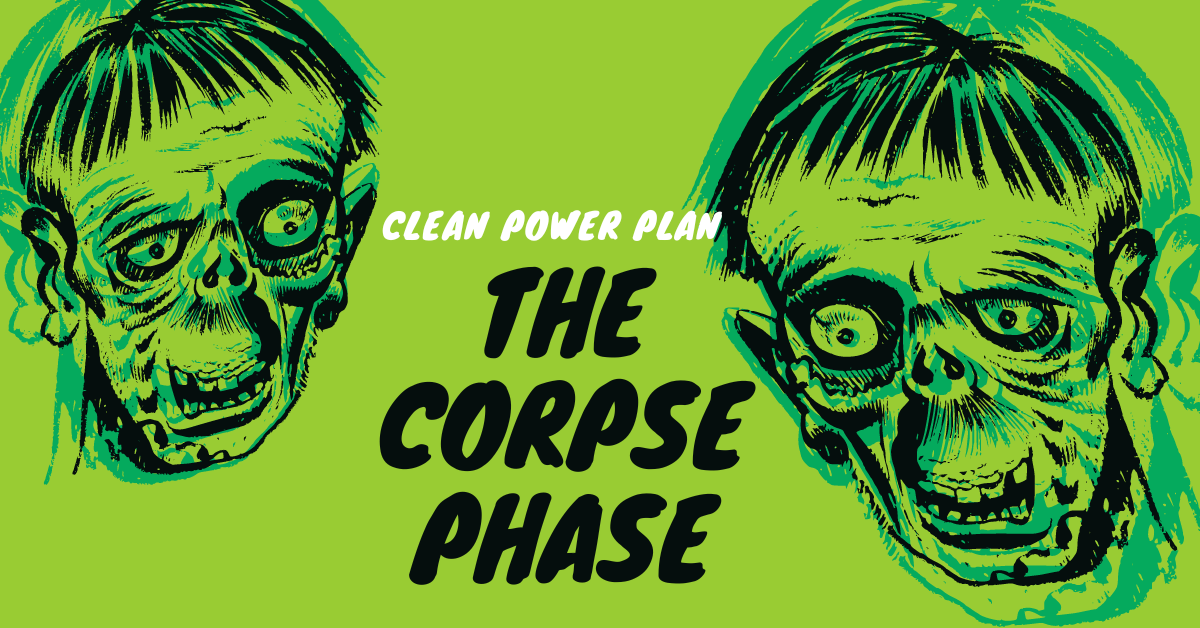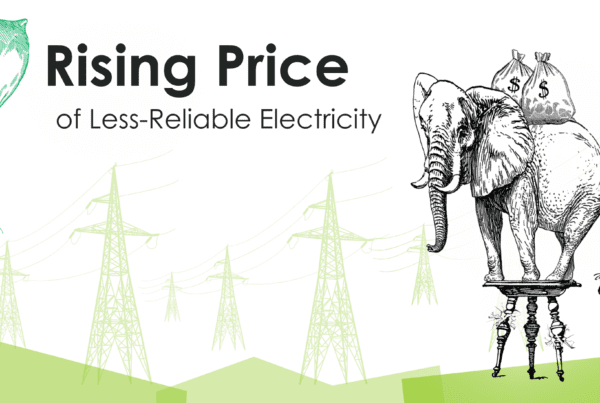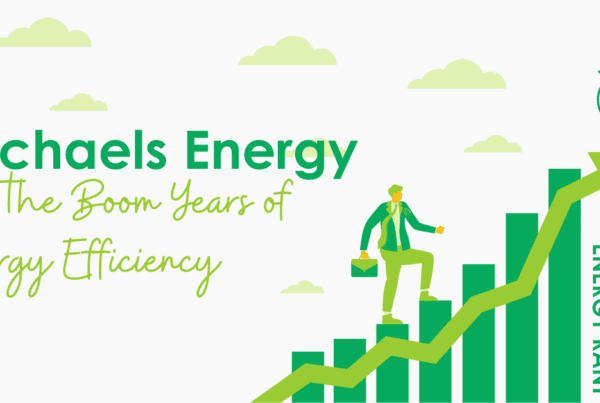
Last week I cracked open the most recent edition of Public Utilities Fortnightly and discovered an interesting topic worth sharing. It is an attorney’s commentary on the Supreme Court’s 6-3 opinion, West Virginia v EPA. You may not have heard of this directional case because the Dobbs case released a week before West Virginia dominated the news cycle.
Upon reading the SCOTUS opinion, I learned that it references the Obama-era Clean Power Plan (CPP). I wrote about the CPP three times, most recently in February of 2016, Clean Power Plan, The Coma Phase. There, I predicted Mitch McConnell would not take up any SCOTUS nominations before the November election. I got that one right.
The Clean Power Plan
The CPP included three “building blocks” to reduce carbon dioxide emissions. The first was to improve the heat rate, another term for efficiency, of coal-fired power plants. The stickier ones were blocks two and three, which included shifting coal generation to natural gas generation and shifting both coal and natural gas generation to renewable generation. Why not nuclear? Because it was not about carbon dioxide but promoting fantasy and unicorns.
CPP in the Courts
The CPP was stayed in February 2016, which is why I called it the coma phase – not dead, but on life support. The EPA attempted to replace some of the intent of the CPP with something called the “Affordable Clean Energy rule,” ACE. I must insert here that rules and bills typically promote and produce results opposite to their moniker. Inflation reduction act?
Anyway, ACE was vacated by the DC Circuit the day before Joe Biden was sworn into office. The EPA repealed the CPP in June of 2019. I was not aware of that. West Virginia stuck a knife into the CPP corpse. From the SCOTUS opinion, “But ‘voluntary cessation does not moot a case unless it is ‘absolutely clear that the allegedly wrongful behavior could not reasonably be expected to recur.’”
I.e., the SCOTUS doesn’t care what EPA says it will or will not do, so the SCOTUS effectively said, game over. “Congress did not grant EPA in Section 111(d) of the Clean Air Act the authority to devise emissions caps based on the generation shifting approach the Agency took in the Clean Power Plan.”
In the Coma Phase, I predicted that the CPP would probably be upheld because Chief Justice Roberts “has demonstrated that he is a rationalizing appeaser.” He wrote the West Virginia opinion, so my prediction was not entirely correct, but that was pre-Gorsuch, Kavanaugh, and Barret – i.e., from a wobbly 5-4 then to 6-3 now. Roberts probably decided against being on the other side of a 5-4 West Virginia ruling.
Downstream (Pun Alert) of West Virginia
The Wall Street Journal opinioneers, specifically Daniel Henninger, wrote,
“But it is West Virginia, not Dobbs, that has the greater potential to improve this country’s bitter and corrosive politics. [well, I don’t know about that],” Henninger continued, “Justice Elena Kagan accused the majority of an ‘anti-administrative state’ agenda.”
That is correct, Justice Kagan, and that is why the West Virginia case is more significant than Dobbs, as federal agencies make and enforce rules they are not granted by congress and the administration.
Projections are the SCOTUS will continue to feed overreaching agency rules through the woodchipper, including “navigable” water regulations for mud puddles. One case to be argued this year is Sacket v EPA. The Sacketts have been trying to build a home on their land, but the EPA swooped in because the property likely contained wetlands.
Did the EPA even show up to look? According to The Wall Street Journal, “The Sacketts’ lot was connected to a wetland though it was separated by a 30-foot paved road, and that wetland was connected to a man-made ditch that was connected to a non-navigable creek that was connected to Priest Lake, which was navigable. No wonder the Sacketts were dismayed.”
What else is in store? We will find out.
Repercussions
I think the federal government’s bombast to reduce carbon intensity of the electric grid has been mostly secondary rather than primary[1]. State and local governments have done far more, but there will be political blowback per breaking news I reported in last week’s White Rabbit. Voters and EV owners will not be pleased with 70%-130% rate increases over a year or two. A Rant fan informed me last week that his utility in the Northeast filed for a rate 47% increase after this summer, when his monthly electric bill was $800. Utilities will have much splaining to do after closing dozens of thermal power plants to save ratepayer money and keep rates low.
Come to think of it, with these rates; I think phrases like “efficiency saturation,” “everything worth doing is done,” and “decades of aggressive efficiency programs” are hereby null and void. When rates double in one year or two, everything gets a new look.
[1] Incidentally, the CPP target was a 32% reduction in emissions by 2030 compared to 2005. As of 2020, carbon intensity of electricity nationwide is down 38.3%. https://www.epa.gov/egrid




